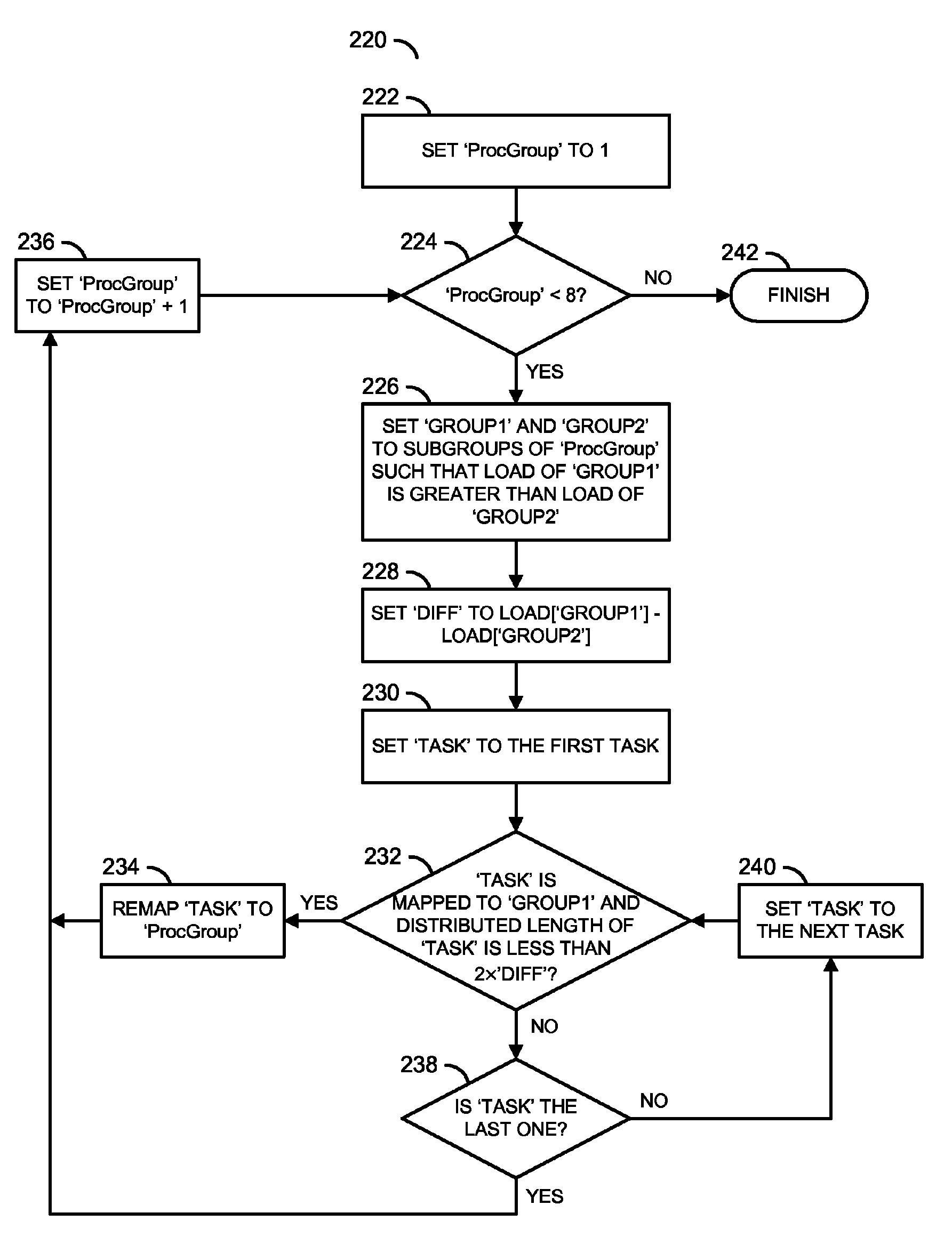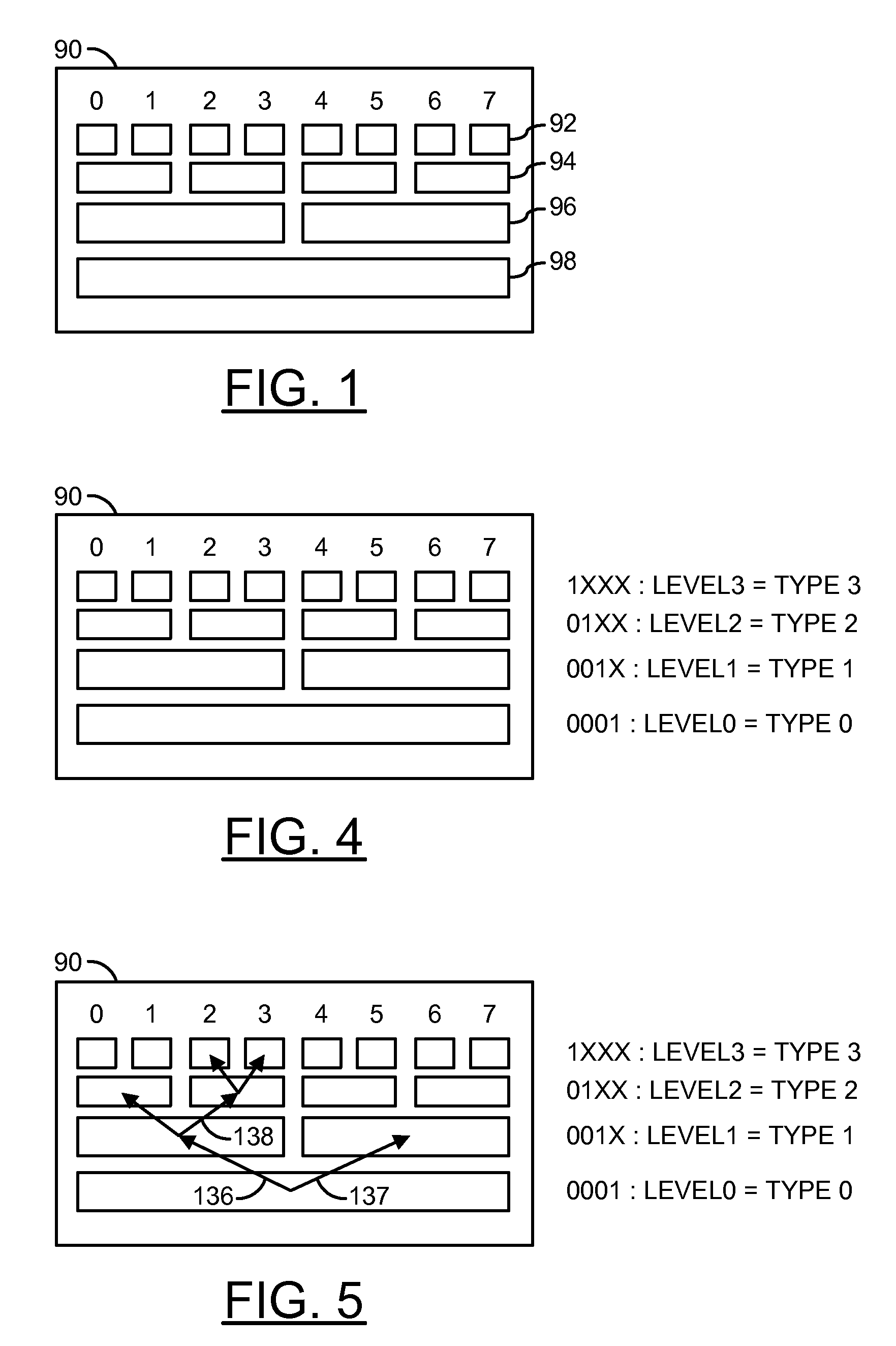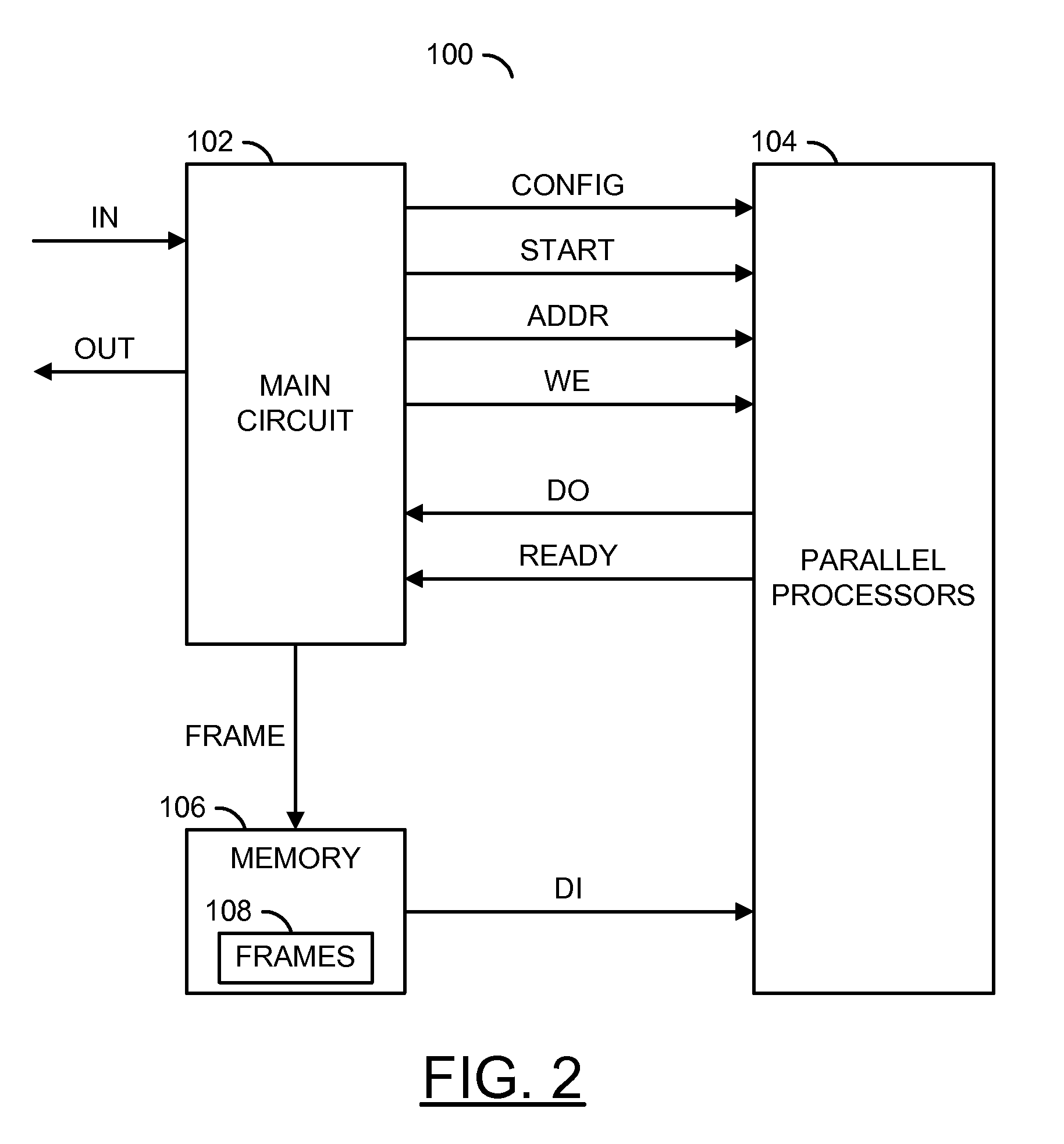Two-pass linear complexity task scheduler
a task scheduler and complexity technology, applied in the field of parallel processor scheduling, can solve the problems of inapplicability, formalizing and encoding scheduling rules, and unable to apply to full searches with exponential complexity, so as to save processor resources and achieve optimal results.
- Summary
- Abstract
- Description
- Claims
- Application Information
AI Technical Summary
Benefits of technology
Problems solved by technology
Method used
Image
Examples
Embodiment Construction
[0019]A two-pass linear complexity task scheduler may implement a technique (or method or process) in a program or a device for distributing linear tasks between multiple computing units. A task is generally considered as a linear program or data item with a fixed computational complexity. Consider a set of tasks to be computed where each task may have a respective computational complexity (e.g., length). A set of computing units (e.g., processors) may be used to process the tasks. Each computing unit generally has an identical computation power or capability. The task scheduler may distribute the tasks among the computing units according to some given restrictions to minimize a total time spent processing or executing the tasks. The task scheduler may be useful in high-speed computational circuits in which a full search through all possible combinations of task distributions may not be possible or practical. Some embodiments of the present invention generally have a linear complexi...
PUM
 Login to View More
Login to View More Abstract
Description
Claims
Application Information
 Login to View More
Login to View More - R&D
- Intellectual Property
- Life Sciences
- Materials
- Tech Scout
- Unparalleled Data Quality
- Higher Quality Content
- 60% Fewer Hallucinations
Browse by: Latest US Patents, China's latest patents, Technical Efficacy Thesaurus, Application Domain, Technology Topic, Popular Technical Reports.
© 2025 PatSnap. All rights reserved.Legal|Privacy policy|Modern Slavery Act Transparency Statement|Sitemap|About US| Contact US: help@patsnap.com



